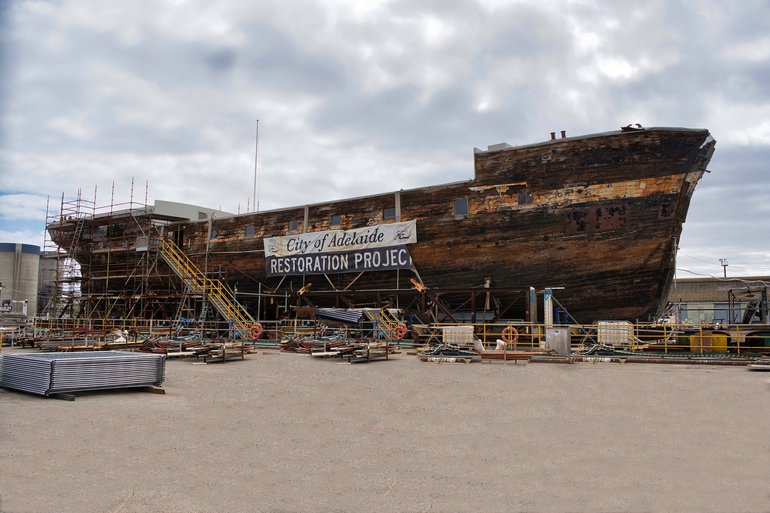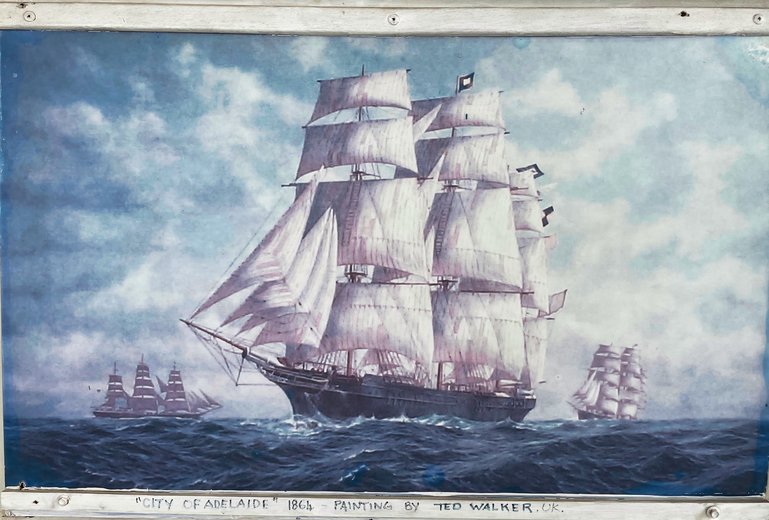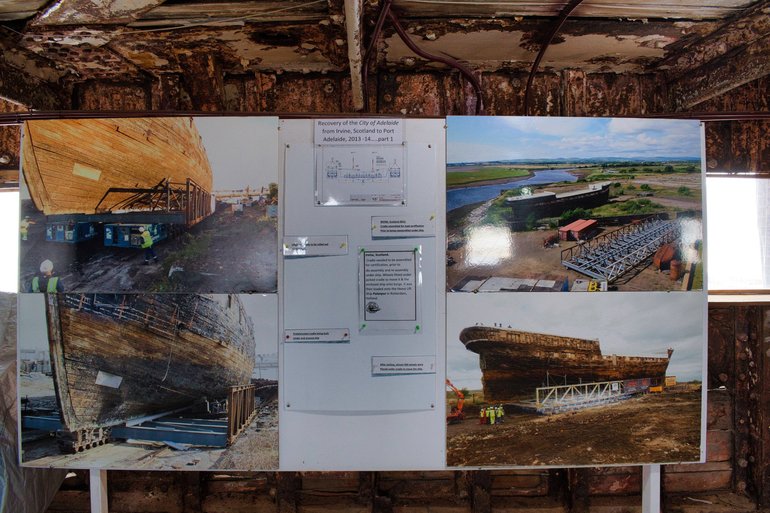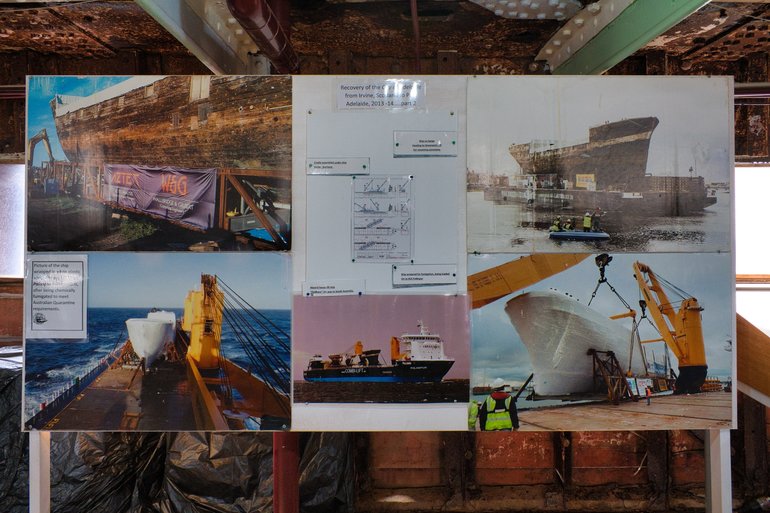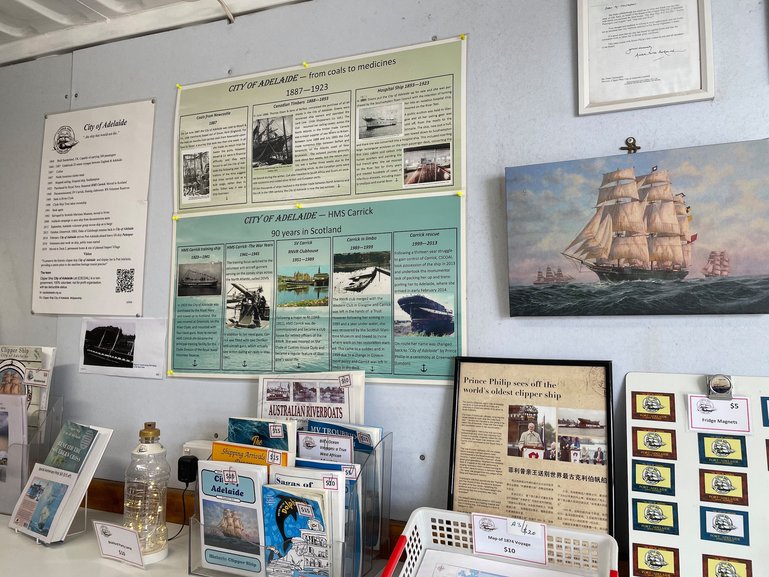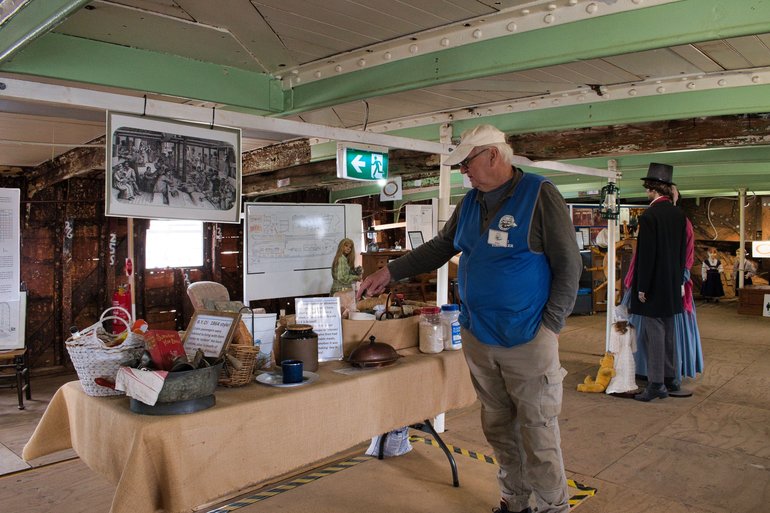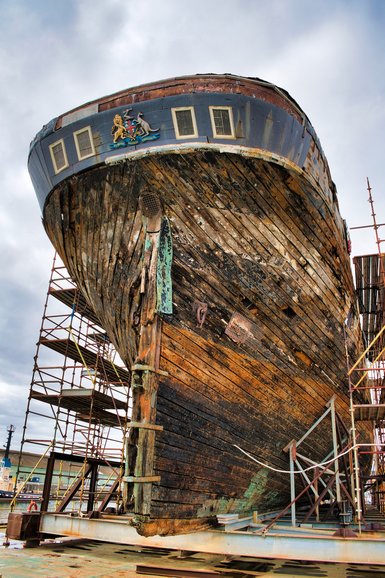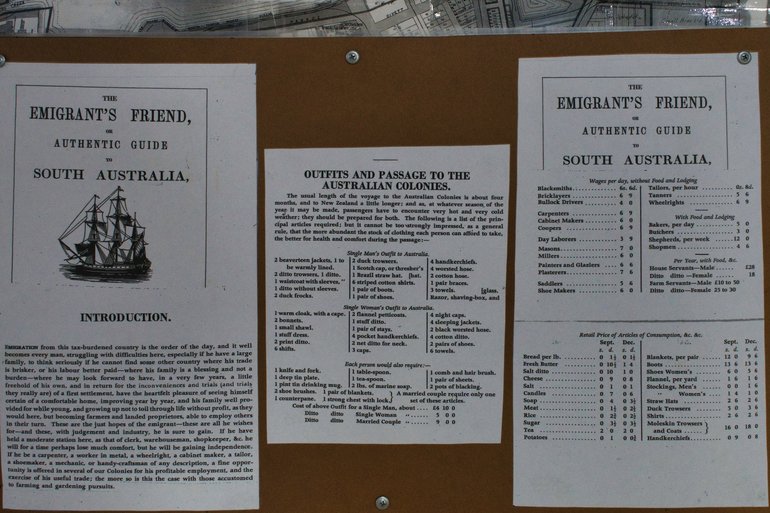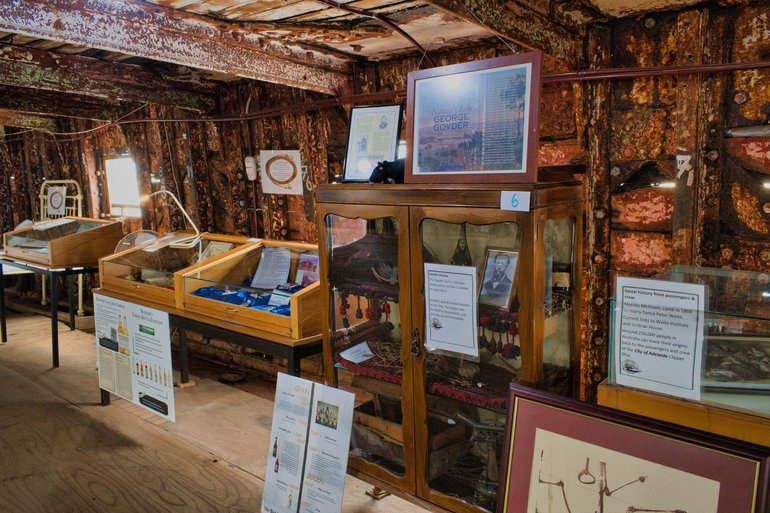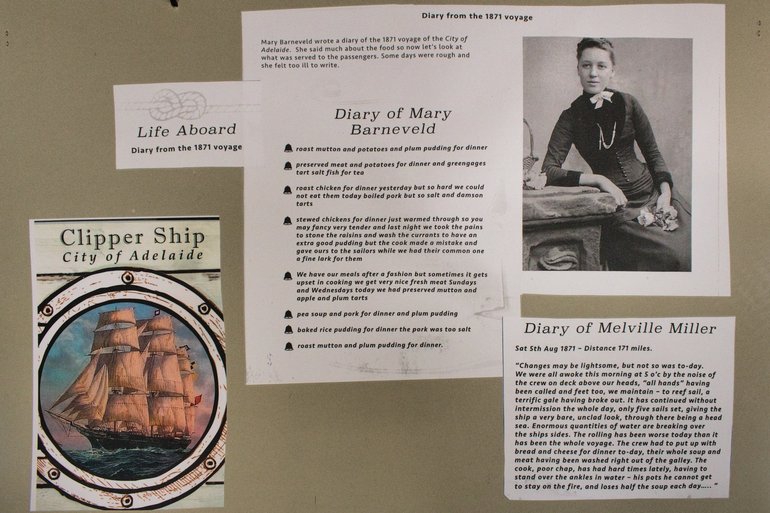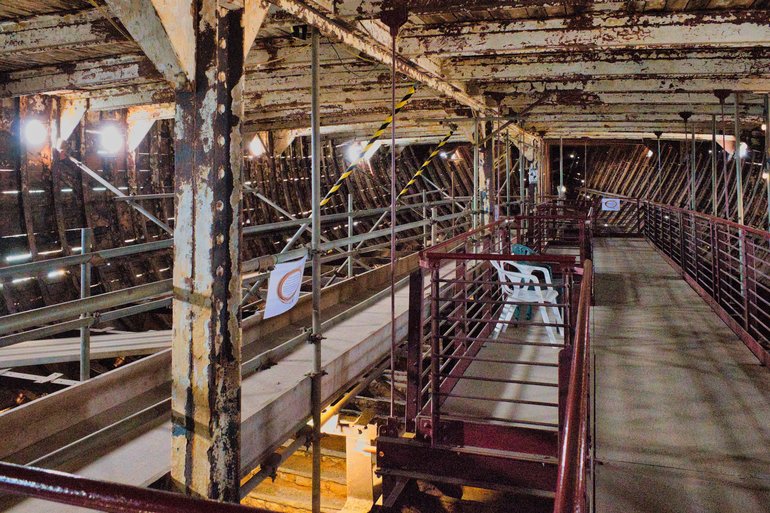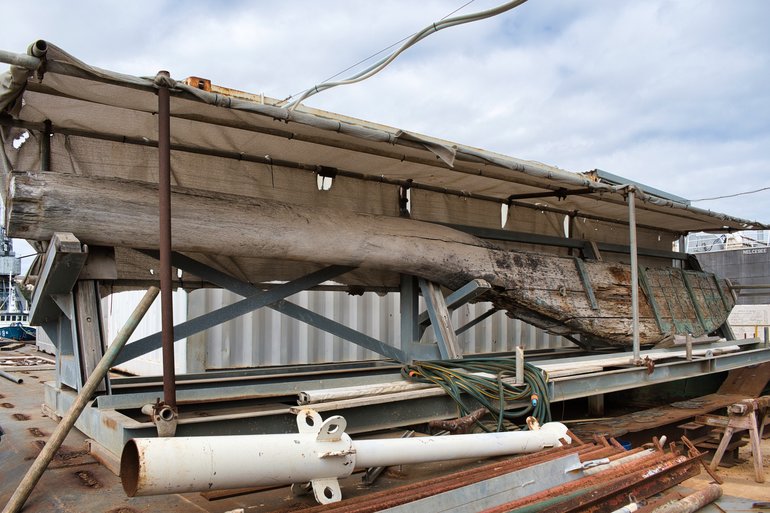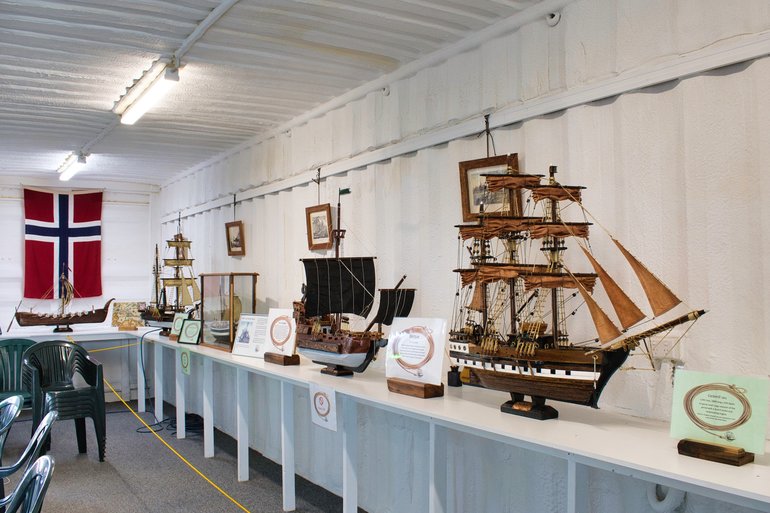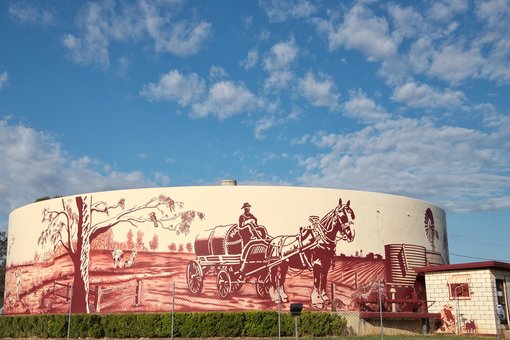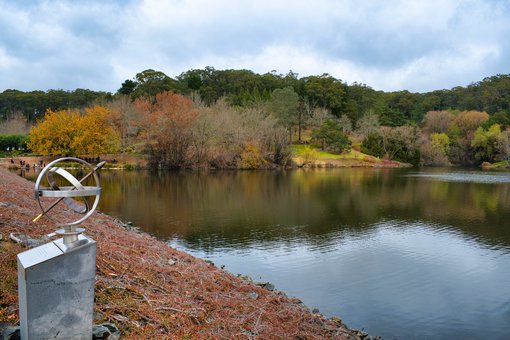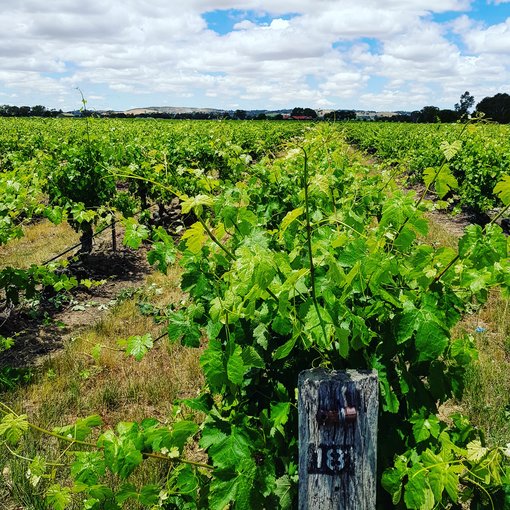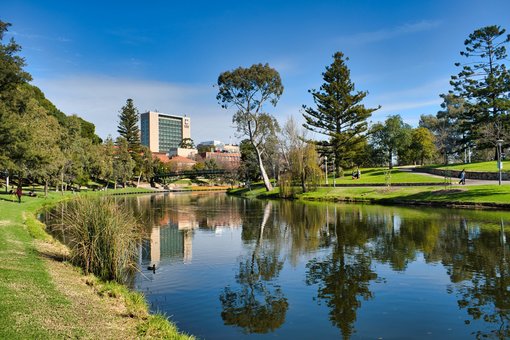Do you love maritime history? Do you have ancestors who came to Adelaide after 1864? Chances are they came out on the Clipper Ship City of Adelaide, and you can see how they travelled by taking a guided tour onboard her.
Hear the stories of how they lived on the 3-month voyage to the other side of the world, and imagine taking the journey back then.
All prices and times were accurate when this information was written and updated; however, please check the websites for the most up-to-date information before your visit.
An invaluable free app to download is the Visit Port Adelaide App. Here you can find all there is to see in Port Adelaide right in the palm of your hand. Here are the links to Google and Apple.
History of The Clipper Ship, the City of Adelaide.
The City of Adelaide is the oldest Clipper Ship in the world and is an older sister to the Cutty Sark, which is moored in London.
She was built in 1864 in Sunderland, UK and was a fast Clipper Ship, taking 3 months to reach Adelaide, South Australia from London.
Approximately 250,000 Australians can trace their ancestry back to the arrival of their ancestors in Adelaide on the City of Adelaide between 1864 and 1887. If you think your ancestors might have made the trip, you can search the passenger lists here.
The City of Adelaide has had a varied life from an early age. From bringing emigrants out to South Australia to returning to the UK with a cargo of copper and wool from Port Augusta, it was just the start of her adventures.
A painting of what the City of Adelaide looked like in its heyday.
After steamships came in, the City of Adelaide retired from carrying emigrants, but her life wasn't over yet.
New Life
Sold in 1887, she was then used to transport coal between Newcastle-upon-Tyne and Dover. In 1888, she was sold again to begin her life transporting timber between Canada and Ireland.
In 1893, her life on the high seas was over. After a few months of rest in Glasgow, the City of Adelaide was then purchased and remodelled as a hospital ship off Southampton.
Outbreaks of smallpox, typhoid, scarlet fever and cholera in Europe meant patients could be quarantined away from the population.
Before she came down from Glasgow, masts, sails, riggs, etc., were auctioned off to offset the purchase. It wasn't as though she would need them anymore, but she would have to be towed everywhere from now on.
Only one mast remained, which then became a large table in the nurse's duty room. If you've noticed the square windows on the sides of the ship, they were added at this time as well, to allow in more light.
During her time as a hospital isolation ship, she had 392 patients, 165 with smallpox, 178 with scarlet fever and one with the plague. No one had cholera.
Military Service
Military life, a new name, HMS Carrick, and back to Glasgow from 1923 to 1948. This time, she was a training ship for the Navy.
From 1948 to 1990, she was used as a floating clubhouse for officers, and after her decommissioning, she was known only as Carrick. This was her saving grace as she was scheduled to be broken up.
By the mid-80s, the cost to keep her running was becoming too much, and while looking for new owners, fate took over. In 1989, a very low tide caused her deck to be caught under the wharf, and she was flooded. Although tragic, it would not be her last sinking, with another in 1991.
Restoration Rescue
Although restoration work was the plan by the Scottish Maritime Museum, there just weren't enough funds to bring her back to her former glory.
On the positive side, South Australia wanted her ship back and raised the funds to retrieve it, where it belonged.
You will see the process of bringing back the City of Adelaide in the displayed photos, including the work involved and how she was transported back to her old home.
Prince Philip formally renamed the Carrick back to the City of Adelaide at a ceremony in London, alongside her younger sister, the Cutty Sark.
On the Guided Tour
The entrance to the City of Adelaide attraction.
Information boards and the shop are in containers at the entrance.
I had John as my guide, and I couldn't have asked for a better tour guide. We had a tour that lasted a couple of hours, during which I learned a great deal about the ship, her adventures, and the passengers on board, as well as how they lived.
The first part of the tour is around the outside of the ship. Here we can see the City of Adelaide up close and what she is made of.
The first time you see the City of Adelaide up close.
The stairs to get into the City of Adelaide.
Inside the Clipper Ship, City of Adelaide
Up the stairs, and into what would have been the 2nd class area. The deck was broken up into single males up front, families in the middle and single women in the back of the ship.
The emigrants' booklet.
Display cases are filled with information on the journeys.
Excerpts from diaries made onboard.
Livestock was kept on the deck above the 2nd class deck up front, and first class was up the back above the 2nd class. It is currently being renovated back to its former glory.
Cabins are being reconstructed in first-class above.
The Cargo hold under the 2nd class deck.
One of the incredible stories was when the City of Adelaide lost a rudder. 80 miles due south of Kangaroo Island during heavy seas and a storm after leaving Port Augusta with copper cargo.
Under those circumstances, Captain Alston and the crew used heavy chains and trimmed sails as a way to steer the ship back over 200 miles to Adelaide slowly.
Seven days after the storm, the City of Adelaide made it to Semaphore. She was towed to the port, repaired with a replacement rudder, and then continued the journey to the UK.
In front of the City of Adelaide, her replacement rudder is on display.
Model Ships
Afterwards, make your way back to another container, and you can look at the many model ships that were handcrafted by one person, Willie Pfeil. Entry is free and is also well worth a look, to see the workmanship that has gone into them.
Just a few of the ships of all eras that Willie Pfeil built.
There is everything from Viking and Roman ships to more modern ships.
Where It Is
The Clipper Ship, the City of Adelaide, is located at Dock 2 on Honey Street in Port Adelaide.
By car is the best way of getting here, and there is plenty of parking.
You can catch the train at the station in Port Adelaide. It's then a 3 km or 40-minute walk to Dock 2. They may even give you a lift back to the train station after your tour.
Hours
The Clipper Ship is open every day, including public holidays, 10 am - 3 pm, weather permitting.
Last entry 2.30 pm.
If the temperature is forecasted to be 36 ° or higher, she will be closed.
Please check their website or Facebook page for any changes.
Prices
Click here to find the current prices.
Conclusion
I was a guest of the Clipper Ship, the City of Adelaide, but that in no way has influenced my opinion.
Visiting the Clipper Ship, the "City of Adelaide", is a must-do when you're in Adelaide. The history lesson alone was not only informative but also painted a picture of what life was like for those emigrating on these ships to lands unknown on the other side of the world.
My ancestors, like many other British and European descendants, would have travelled on ships like this. Earlier emigrant ships made an even longer voyage. By visiting, you get a glimpse into the past and what conditions would have been like for them.
Finally, I can't recommend visiting the Clipper Ship, the "City of Adelaide", enough. Thanks to Peter and John, and to all the other wonderful volunteers who keep the "City of Adelaide" alive.
